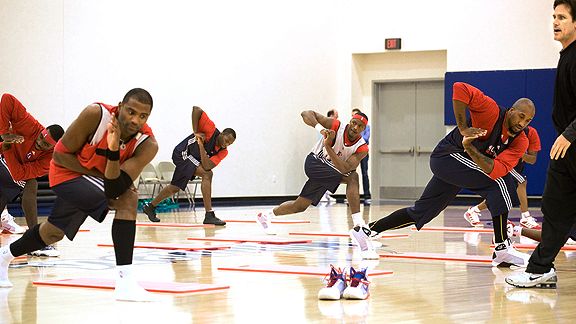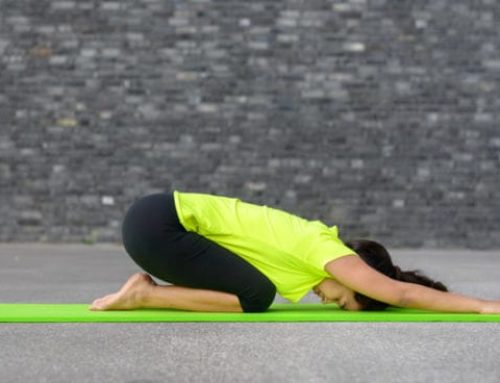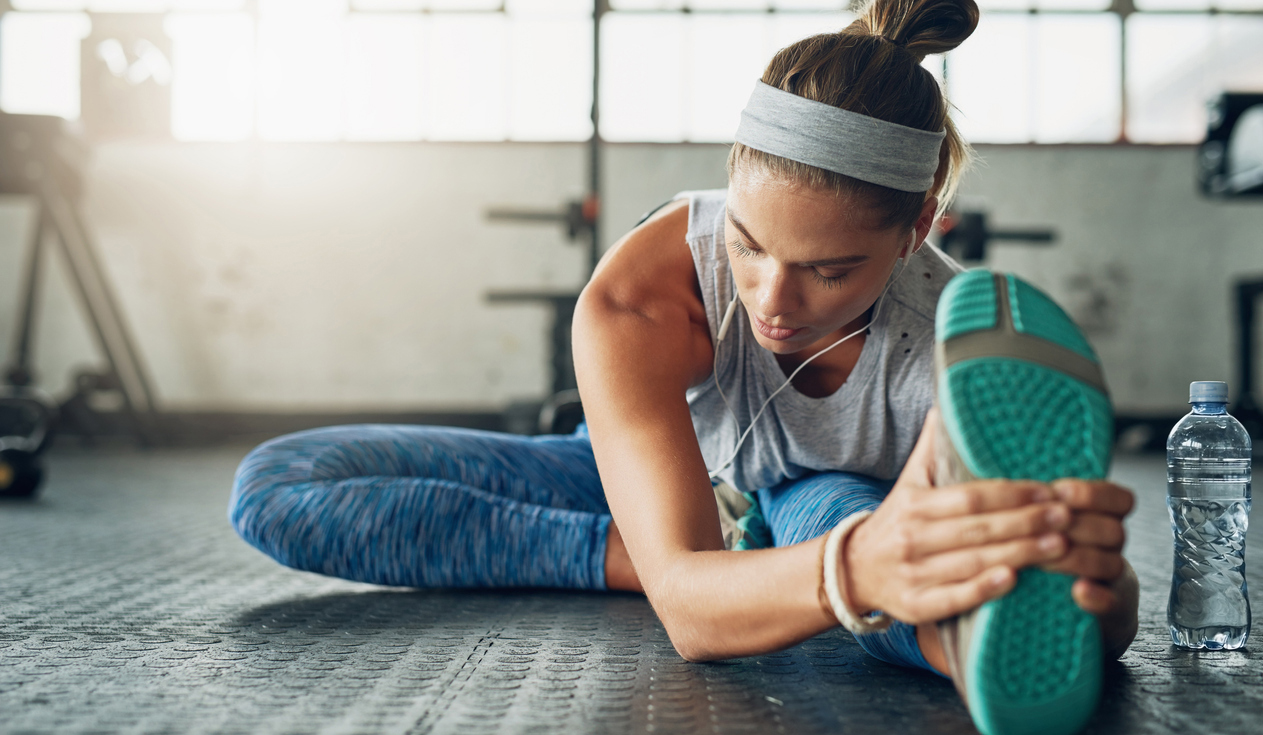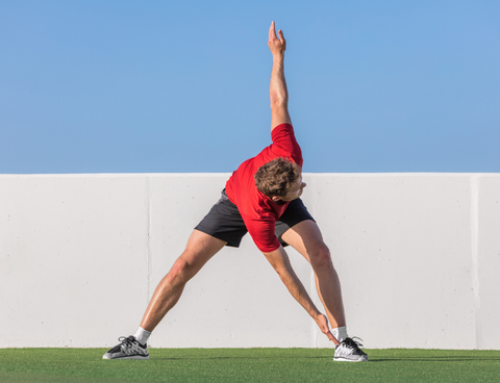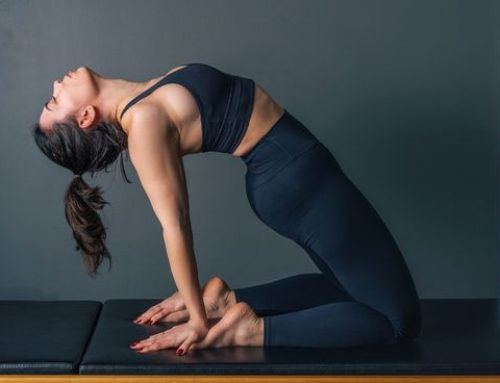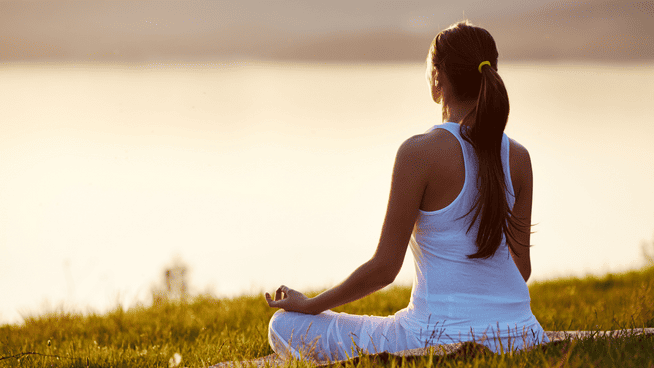Four Types of Yoga For Athletes
As an athlete, you’ve probably heard that yoga can help you increase flexibility, improve endurance and avoid injury. However, if you’ve never done yoga before, it can be difficult to find the right kind of program or to come up with a routine on your own. If you don’t know the difference between a Cow Face and a Lotus, read about the yoga variations below to find your best fit.
Beginning Yoga For Athletes
Hatha yoga is the most common and simplest form of yoga. Hatha uses simple poses done in a prescribed sequence and held for 15 to 30 seconds, allowing new students to focus on form and alignment. If you’re new to yoga, start with a Hatha session.
Dynamic Yoga For Athletes
For a tougher workout, practice Ashtanga Vinyasa yoga. It’s a subset of Hatha yoga, but you move through the poses in a faster sequence, and proper breathing is linked to each movement. This type is sometimes referred to as “power yoga” or “yoga flow,” and it is known for its cardiovascular and conditioning benefits.
Hot Yoga for Athletes
Bikram and Baptiste yoga are forms of “hot yoga,” which is practiced in a room heated to around 105 degrees. A session of Bikram yoga traditionally consists of 26 poses, each done twice. Hot yoga is designed to loosen stiff muscles, release toxins through sweat and increase lung capacity. If you’re looking for an aerobic workout where you’ll sweat more than you have in a long time, check out hot yoga.
Yoga for Injured Athletes
When you practice Iyengar yoga, you hold poses much longer than in any other form of yoga. Athletes use Iyengar yoga to stretch and align their muscles and lower their risk of injury through a long season. As an assist for players who are recovering from injury, Iyengar yoga encourages the use of straps, blocks, and other props, so even if you are not 100 percent physically, you can benefit from a yoga routine.
Realize the benefits of yoga firsthand by testing each style yourself. For stronger results, work with a certified yoga teacher to create a personal program that takes into account your fitness level, injury risk and athletic goals.
Sources: WebMD.com, YogaJournal.com, RunnersWorld.com
Photo: Scott Dukes Photography
RECOMMENDED FOR YOU
MOST POPULAR
Four Types of Yoga For Athletes
As an athlete, you’ve probably heard that yoga can help you increase flexibility, improve endurance and avoid injury. However, if you’ve never done yoga before, it can be difficult to find the right kind of program or to come up with a routine on your own. If you don’t know the difference between a Cow Face and a Lotus, read about the yoga variations below to find your best fit.
Beginning Yoga For Athletes
Hatha yoga is the most common and simplest form of yoga. Hatha uses simple poses done in a prescribed sequence and held for 15 to 30 seconds, allowing new students to focus on form and alignment. If you’re new to yoga, start with a Hatha session.
Dynamic Yoga For Athletes
For a tougher workout, practice Ashtanga Vinyasa yoga. It’s a subset of Hatha yoga, but you move through the poses in a faster sequence, and proper breathing is linked to each movement. This type is sometimes referred to as “power yoga” or “yoga flow,” and it is known for its cardiovascular and conditioning benefits.
Hot Yoga for Athletes
Bikram and Baptiste yoga are forms of “hot yoga,” which is practiced in a room heated to around 105 degrees. A session of Bikram yoga traditionally consists of 26 poses, each done twice. Hot yoga is designed to loosen stiff muscles, release toxins through sweat and increase lung capacity. If you’re looking for an aerobic workout where you’ll sweat more than you have in a long time, check out hot yoga.
Yoga for Injured Athletes
When you practice Iyengar yoga, you hold poses much longer than in any other form of yoga. Athletes use Iyengar yoga to stretch and align their muscles and lower their risk of injury through a long season. As an assist for players who are recovering from injury, Iyengar yoga encourages the use of straps, blocks, and other props, so even if you are not 100 percent physically, you can benefit from a yoga routine.
Realize the benefits of yoga firsthand by testing each style yourself. For stronger results, work with a certified yoga teacher to create a personal program that takes into account your fitness level, injury risk and athletic goals.
Sources: WebMD.com, YogaJournal.com, RunnersWorld.com
Photo: Scott Dukes Photography

